Stainless steel is a type of alloy steel
The "stainless steel" we usually say is called "stainless acid-resistant steel". It is actually very simple to make steel rust-proof. You just need to add some metal impurities to make alloy steel (such as adding chromium). But rust-proof only means that it will not be corroded by air, and the ability is still too poor. So we also need it to be resistant to chemical corrosion, so "stainless acid-resistant steel" appeared. To make stainless acid-resistant steel, you need to add many kinds of metals, and different metal formulas form different stainless steels. 304 and 316 stainless steel are the two most widely used stainless steel casting grades in the world. Both have excellent corrosion resistance and use value. According to different production methods, these two metal pipes can be divided into stainless steel
seamless pipes and
welded pipes.
304 stainless steel pipe contains 16% to 24% chromium, as well as a small amount of carbon and manganese. The most common form is 18-8 stainless steel. It contains 18% chromium and 8% nickel. 316 stainless steel pipe has almost the same physical and mechanical properties as 304 stainless steel. The main difference is that 316 stainless steel contains about 2% to 3% molybdenum. Additives can improve corrosion resistance, especially to chlorides and other industrial solvents.
The difference between 304 and 316 stainless steel pipes.
304 stainless steel has strong corrosion resistance and is positioned as a "food grade" metal by the national standard - normal contact with water, tea, coffee, milk, oil, salt, sauce, vinegar, etc. is no problem. 316 stainless steel is a further upgrade on this basis (controlling the proportion of impurities and adding molybdenum) to make it more corrosion resistant. In addition to oil, salt, sauce, vinegar and tea, it can resist all kinds of strong acids and alkalis. Not only that, 316 stainless steel has better adaptability to the environment, and the corrosion resistance of 316 stainless steel is not affected by excessively high or low temperatures. But 316 has a higher production cost and a higher price.
304 and 316 are both austenitic stainless steels
Stainless steels are often divided into martensitic steels, ferritic steels, austenitic steels, austenitic-ferritic (duplex) stainless steels and precipitation hardening stainless steels according to their organizational state. In addition, it can be divided into chromium stainless steel, chromium-nickel stainless steel and chromium-manganese-nitrogen stainless steel according to its composition. Among them, austenitic stainless steel has the best comprehensive performance and is non-magnetic, so it is the most widely used in our daily life. 304 and 316 are both austenitic stainless steel.
How to choose a suitable stainless steel pipe?
1. Chemical composition
The main components of 304 stainless steel are 18% chromium and 8% nickel, a small amount of carbon and manganese and other elements. The main components of 316 stainless steel are 18% chromium, 10% nickel and 2% molybdenum. Therefore, the molybdenum content in 316 stainless steel is higher, making it better in corrosion resistance and high temperature resistance.
2. Corrosion resistance
Because 316 stainless steel contains molybdenum, it has more advantages than 304 stainless steel in corrosion resistance. Especially in seawater environment, 316 stainless steel is more corrosion-resistant than 304 stainless steel. Therefore, if you need to use water pipes in an environment with high salinity, it is more appropriate to choose 316 stainless steel water pipes.
3. High temperature resistance
The molybdenum content in 316 stainless steel makes it more resistant to high temperatures, while 304 stainless steel is easily oxidized at high temperatures. If you need to use water pipes in a high temperature environment, it is more appropriate to choose 316 stainless steel water pipes.
4. Physical properties
The density of 316 stainless steel water pipes is slightly greater than that of 304 stainless steel water pipes, and the linear expansion coefficient at high temperatures is lower. This means that at high temperatures, the shape of 316 stainless steel water pipes is more stable and less likely to deform.
5. Price
The price of 316 stainless steel water pipes is higher than that of 304 stainless steel water pipes. This is because the chemical composition of 316 stainless steel water pipes is more complex and the manufacturing cost is higher. Therefore, it is economically necessary to consider the service life and use environment of the pipeline system. If it needs to be used for a long time and in harsh environments, choosing 316 stainless steel water pipes is also a wise choice.
304 stainless steel pipe performance and characteristics
304 stainless steel is the standard "18/8" stainless steel; it is the most versatile and widely used stainless steel, and can be used in a wider range of products, forms and finishes than any other. It has excellent forming and welding characteristics. The balanced austenitic structure of 304 steel enables deep drawing without intermediate annealing, which makes this grade dominant in the manufacture of stainless steel drawn parts such as sinks, hollow utensils and pans. For these applications, a special "304DDQ" (deep drawing quality) variant is often used. 304 grade pipes are easily braked or roll-formed into various components for use in the industrial, construction and transportation sectors. 304 grade also has excellent welding characteristics. No post-weld annealing is required when welding thin sheets. 304L grade is a low-carbon version of 304 that does not require post-weld annealing and is therefore widely used for large-size components (more than about 6 meters). 304H grades with a higher carbon content can be applied at high temperatures. The austenitic structure also gives these grades excellent toughness, even down to cryogenic temperatures.
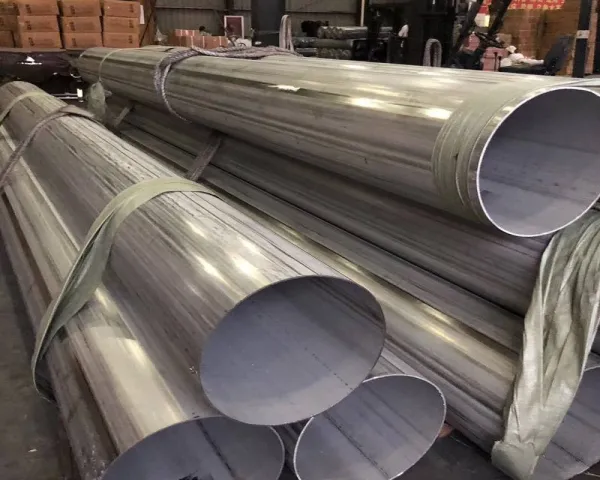
Several common types
304: That is, 18/8 stainless steel. Products such as: corrosion-resistant containers, tableware, furniture, railings, medical equipment. The standard composition is 18% chromium plus 8% nickel. It is a non-magnetic stainless steel whose metallographic structure cannot be changed by heat treatment. The GB grade is 06Cr19Ni10.
304 L: Same characteristics as 304, low carbon so more corrosion resistant, easy to heat treat, but poor mechanical properties.
304 N: Same characteristics as 304, a nitrogen-containing stainless steel, nitrogen is added to increase the strength of the steel.
316: After 304, the second most widely used steel, mainly used in the food industry, watch accessories, pharmaceutical industry and surgical equipment, adding molybdenum to give it a special corrosion-resistant structure. Because it has better chloride corrosion resistance than 304, it is also used as "marine steel". SS316 is usually used in nuclear fuel recovery devices.
316 L: Low carbon so more corrosion resistant, easy to heat treat, products such as: chemical processing equipment, nuclear power generators, refrigerant storage tanks.






 English
English Español
Español بالعربية
بالعربية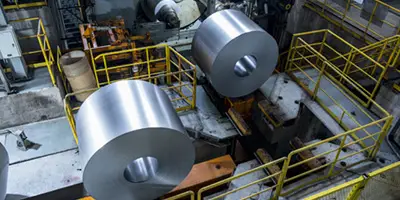
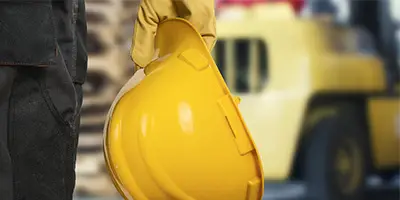
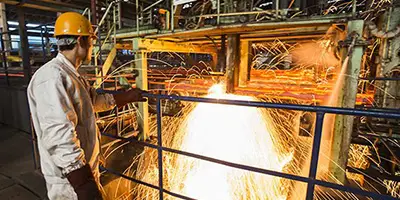
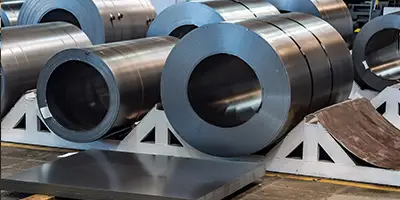

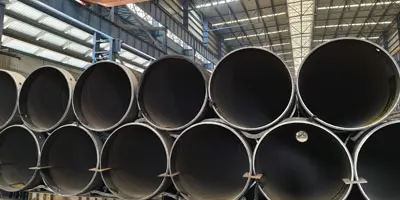
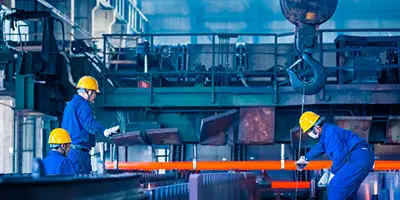
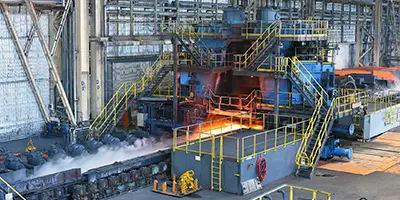
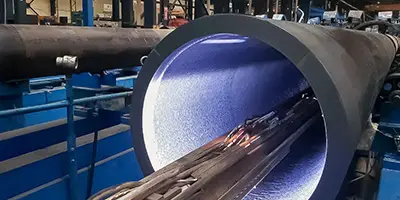
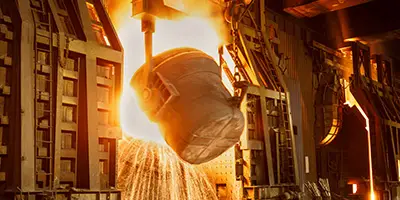
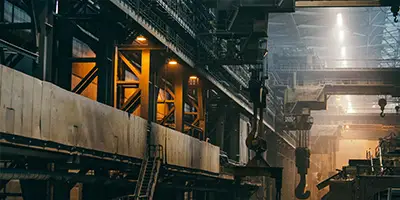

 Phone :
Phone :  Whatsapp :
Whatsapp :  Email :
Email : 


